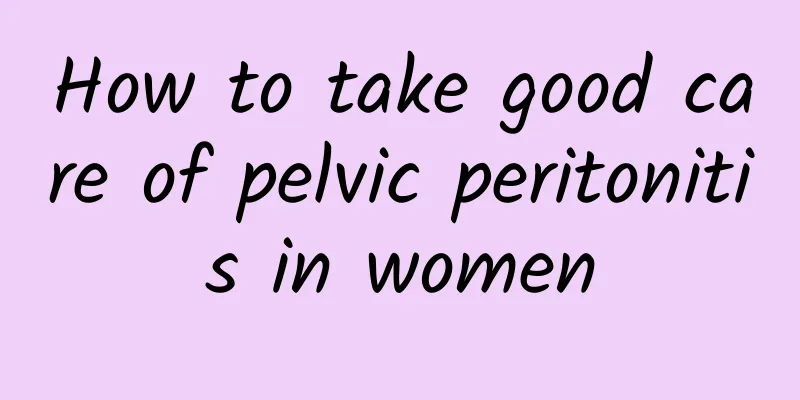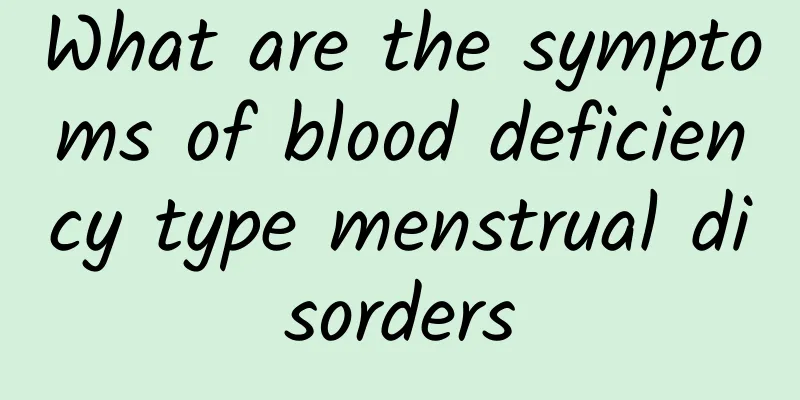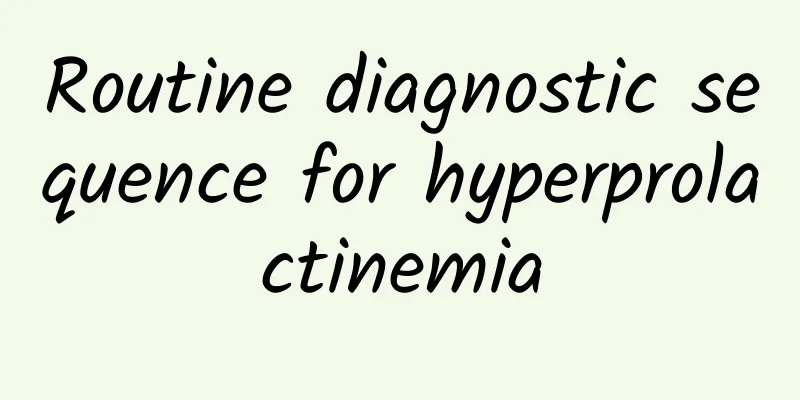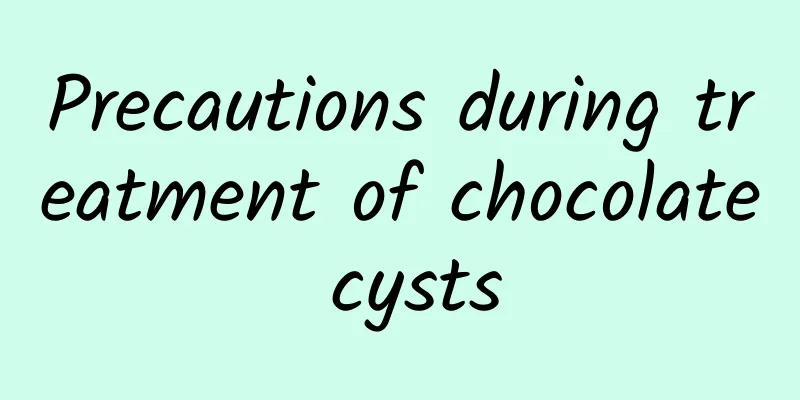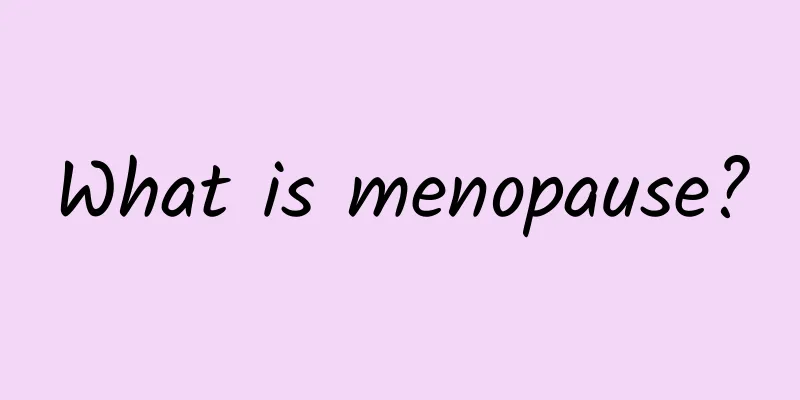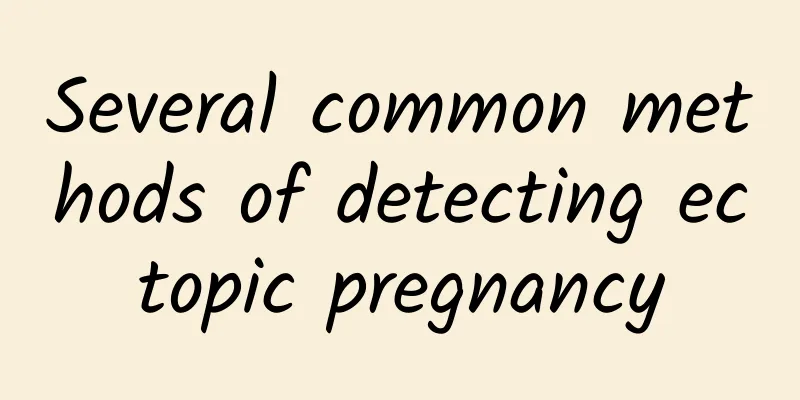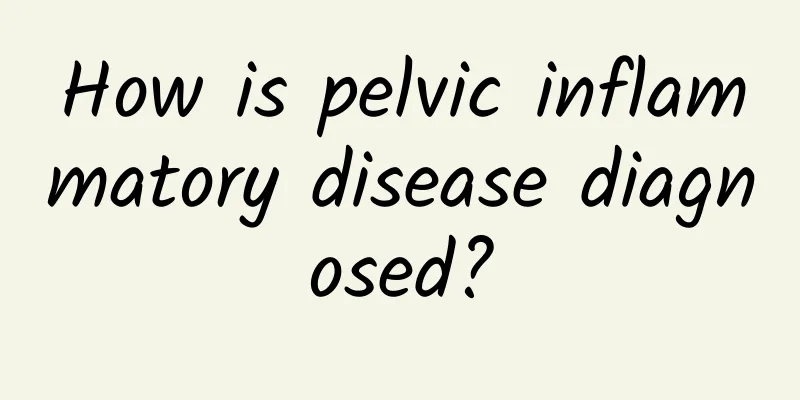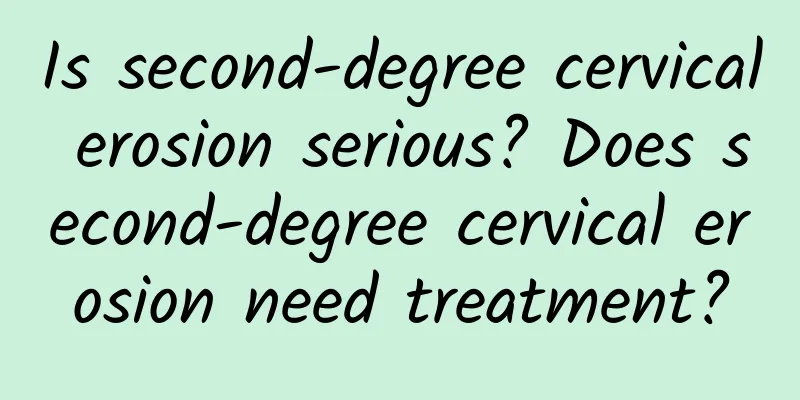How to treat intrauterine adhesions after cesarean section
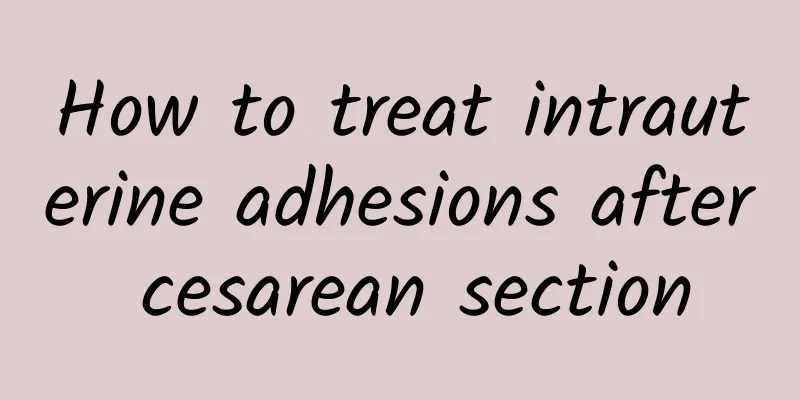
|
The best treatment for intrauterine adhesions after cesarean section is surgical separation of adhesions combined with postoperative comprehensive therapy, such as medication, physical therapy or assisted reproductive technology, to promote uterine cavity repair and functional recovery. Intrauterine adhesions after cesarean section are mostly caused by postpartum infection, incomplete placental removal or abnormal healing of uterine wounds. Surgical separation is the main treatment method, and hysteroscopic surgery is recommended, which can accurately and directly separate adhesions and protect normal uterine cavity tissue. Mild adhesions can be separated by simple hysteroscopy, and moderate adhesions and above are recommended to be combined with uterine stents or intrauterine cavity fillers to prevent re-adhesion. Hormonal drugs (such as estrogen + progesterone regimen) are required after surgery to promote endometrial repair, and antibiotics are used to prevent infection. Physical therapy such as red light irradiation and Bohm lamp can also assist in anti-inflammatory repair. For patients with severe intrauterine adhesions leading to oligomenorrhea and infertility, combined with assisted reproduction (such as artificial insemination, in vitro fertilization) can effectively increase the chance of fertility. Intrauterine adhesions after cesarean section are mostly caused by postpartum infection, incomplete placental removal or abnormal healing of uterine wounds. Surgical separation is the main treatment method, and hysteroscopic surgery is recommended, which can accurately and directly separate adhesions and protect normal uterine cavity tissue. Mild adhesions can be separated by simple hysteroscopy, and moderate adhesions and above are recommended to be combined with uterine stents or intrauterine cavity fillers to prevent re-adhesion. Hormonal drugs (such as estrogen + progesterone regimen) are required after surgery to promote endometrial repair, and antibiotics are used to prevent infection. Physical therapy such as red light irradiation and Bohm lamp can also assist in anti-inflammatory repair. For patients with severe intrauterine adhesions leading to oligomenorrhea and infertility, combined with assisted reproduction (such as artificial insemination, in vitro fertilization) can effectively increase the chance of fertility. After surgery, you need to take medications according to the doctor's instructions, have regular checkups, and avoid strenuous exercise and infection to ensure the treatment effect. It is recommended to eat a light diet, supplement more protein and vitamins to promote the recovery of the endometrium; pay attention to the menstrual cycle, and return for follow-up if abnormalities are found. If intrauterine adhesions are confirmed or suspected, seek medical attention in time to prevent the condition from worsening and affecting reproductive function. |
<<: Can I drink coconut water if I have ovarian cyst?
>>: Nursing after cone resection of cervical hypertrophy
Recommend
Can coarse salt hot compress on the abdomen cure cervicitis?
Cervicitis is a common gynecological disease, so ...
What causes uterine fibroids? How to treat uterine fibroids
Expert introduction: Uterine fibroids are directl...
Is moderate cervical inflammation cervical erosion?
Cervical erosion can be basically divided into th...
How to treat multiple uterine fibroids? Can multiple uterine fibroids only be treated with surgery?
With the increasing incidence of uterine fibroids...
Lift the ban! Red dates and coix seeds will also be available in convenience stores in the future
Traditional Chinese medicine becomes food ingredi...
Is it difficult to lose weight? Allergens may be the key!
It is generally believed that you can control you...
What surgery can cure threatened abortion?
Pregnancy makes the whole family happy and joyful...
Abnormally thick and transparent vaginal discharge
Abnormally large amounts of transparent and stick...
How to prevent dysmenorrhea in winter
As the weather gets colder in winter, the number ...
How to arrange diet after artificial abortion?
How should the diet be arranged after artificial ...
Say no to obesity from an early age: parents should buy less junk food
The problem of childhood obesity in China is beco...
What are the five major hazards of uterine fibroids? What are the serious consequences of uterine fibroids?
What are the five major hazards of uterine fibroi...
Do women feel dizzy during menopause? It is best to pay more attention to rest
Women will experience dizziness after entering me...
Postmenopausal health guide for women
In our daily life, many diseases are normal pheno...
What are the symptoms of miscarriage?
There are many different symptoms and types of mi...
